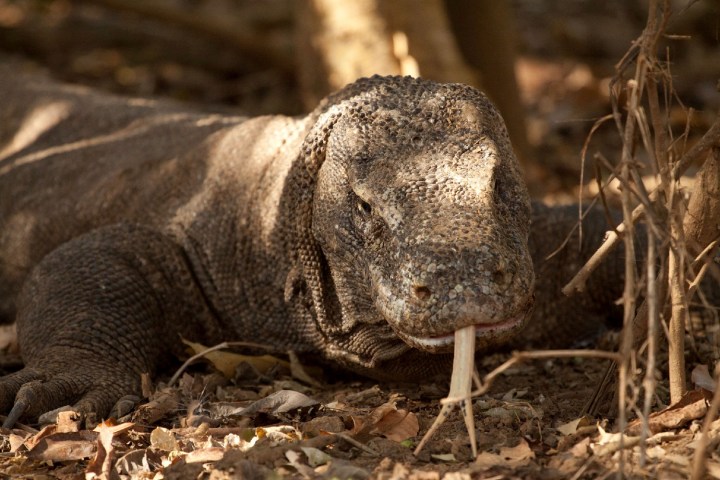
The big, strong, venomous creatures (referring to Komodo dragons, not interns!) are Indonesian natives, the largest living lizards in the world — and probably not the biggest fans of being used to help humans research better antibiotics.
That’s what intrepid scientists at several U.S. universities — including Virginia Polytechnic Institute, George Mason University, and the University of Florida — are doing, however. In a study published this month in the Journal of Proteome Research, they describe how the antimicrobial blood of Komodo dragons could help us puny humans battle infection.
“We set out to investigate the blood of the Komodo dragon, to try and find out more about its antimicrobial peptides, referring to small proteins that are part of its immune system,” Barney Bishop, a professor at Virginia’s George Mason University and lead author of the paper, told Digital Trends. “Komodo dragons have a reputation for having robust immune systems that allow them to live in very difficult environments, and be unaffected by bacteria that can cause all types of disease. They also recover very effectively from injuries and wounds inflicted by other dragons.”
By sequencing the peptides of Komodo dragons belonging to the St. Augustine Alligator Farm Zoological Park in Florida, the researchers were able to accurately predict which possessed antimicrobial properties. The handful of peptides that looked most promising were then analyzed in detail as part of the paper.
“We’re still a ways away from developing an actual drug,” Bishop said. “Bringing a drug from invention to approval to market takes around 12 years or so.” However, the work is significant in that it is starting to analyze the Komodo dragon’s tough immune system in a way that may one day be helpful in a medical context.
And don’t worry about the Komodo dragons, either. The other exciting part of the research is that this analysis was able to be carried out using very small blood samples, consisting of just 100 microliters of plasma. Should this research eventually lead to a drug, the idea would be to synthesize peptides based on the research results.
That’s particularly important when you’re dealing with an endangered species, which Komodo dragons are. “They’re like national treasures in Indonesia,” Bishop continued. “You’ve got to treat them gingerly — despite the fact that they’re not going to necessarily treat us gingerly!”
Editors' Recommendations
- This AI algorithm could save lives in quake zones
- This simple seat clip could help save the lives of kids left in sweltering cars


